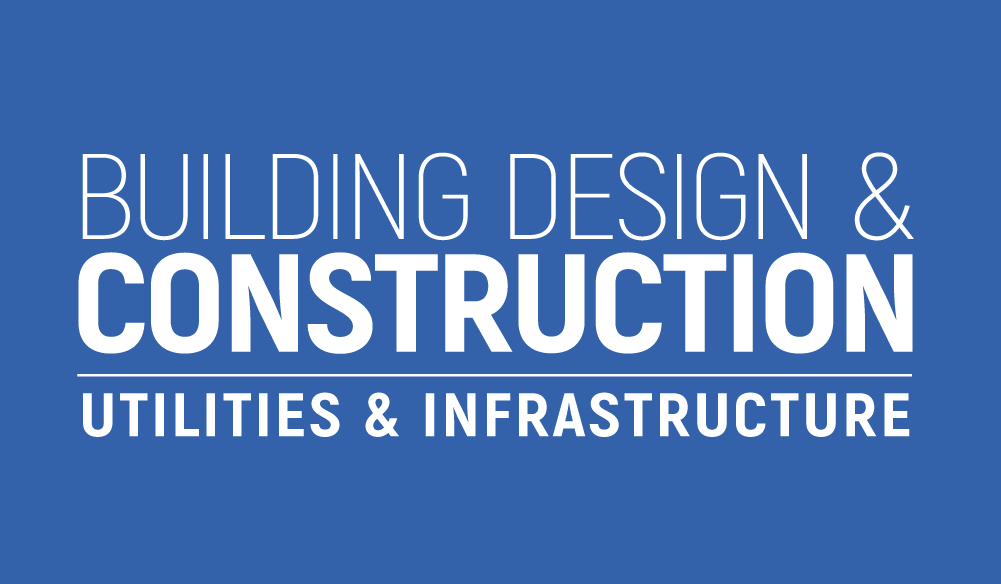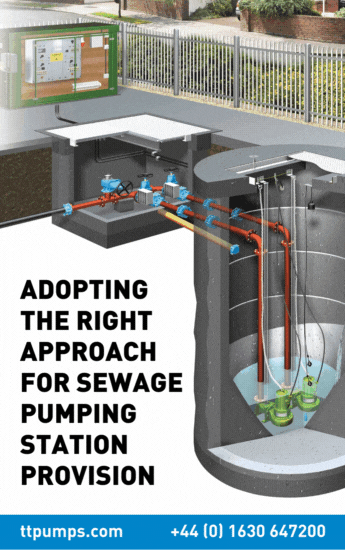Against a backdrop of climate emergency and soaring energy prices, Arloid Automation provides smart technology that can enable any building management system to produce substantial energy savings on their bills. Through efficient optimisation of heating, ventilation, and air conditioning (HVAC) system performance, arloid.ai boosts energy efficiency – the most effective way for real-estate to cut carbon and reduce costs.
On the 23rd of March 2022, UK Chancellor Rishi Sunak announced his Spring Statement amidst the growing strain of the global energy crisis. The Treasury document has been widely criticised for its failure to provide immediate support to people navigating the crisis and the absence of a windfall tax on fossil fuel producers – a measure strongly recommended by the International Energy Agency.
Whilst there were some budget announcements that will be welcome to business owners such as a fuel duty reduction of 5p per litre, these changes are temporary and will do nothing to facilitate the UK’s journey to Net Zero. The document also promised to spend over £9.7bn on the decarbonisation of buildings, stating that energy efficiency was key to the UK’s long-term Net Zero ambitions. Many critics concur that energy efficiency is the principal way we can overcome the crisis, though say the statement is not doing enough to push this agenda.
Buildings are widely recognised as one of the major sources of energy consumption, with the global real estate market consuming 60% of the world’s electricity and emitting 28% of global carbon emissions. Fortunately, whilst the spring budget announcements fail to do more than scratch the surface of the crisis, innovative technology can provide the solution.
Arloid Automation uses Deep Reinforcement Learning to automatically manage the operation of HVAC systems in a wide range of buildings via a secure Virtual Private Network (VPN). The innovative AI makes decisions based on reinforced behaviour and real-time data to provide faster optimisation and better HVAC performance. By controlling each HVAC device in the system and dividing the building into distinct heating and cooling microzones, arloid.ai provides more nuanced control of the environment and better user comfort.
As a result, the technology is achieving up to 30% energy savings across over 23 million square feet. Buildings all over the world from warehouses to retail premises to hotels to medical centres are realising the potential of machine learning to drive the decarbonisation of the built environment, and reduce operational costs.
Recently, Darul Ghufran Mosque became the first mosque in Singapore to harness the power of AI. Darul Ghufran is the largest in the country, and therefore came with unique complexities and challenges. Arloid implemented centralised HVAC connectivity and calibrated the trained algorithm to provide continuous and autonomous HVAC management. Now the AI is proactively and consistently providing the optimum settings for maximum user comfort and energy efficiency at all times. After only 1 month of functionality, the mosque saw a 12% reduction in energy bills. After 3 months, the achieved savings stood at 8,535 kWh – a significant and welcome reduction in the mosque’s electricity consumption.
The benefits of using AI to optimise building management systems are numerous. In the current climate, energy savings are the most notable, but AI can also proactively ensure better user comfort, provide nuanced thermal conditions for sensitive buildings like hospitals and logistics centres, and help businesses achieve their carbon targets. Buildings vary considerably in structure, complexity, and usage, and time is always at a premium – that means manual scheduling and manually collected data is always going to be insufficient to the task.
AI trained using Deep Reinforcement Learning can process live data in real time, continuously monitoring and proactively adjusting systems to maintain the optimum settings – without the need for time-consuming external input, and quicker than other forms of machine learning.
Building, Design and Construction Magazine | The Home of Construction Industry News





